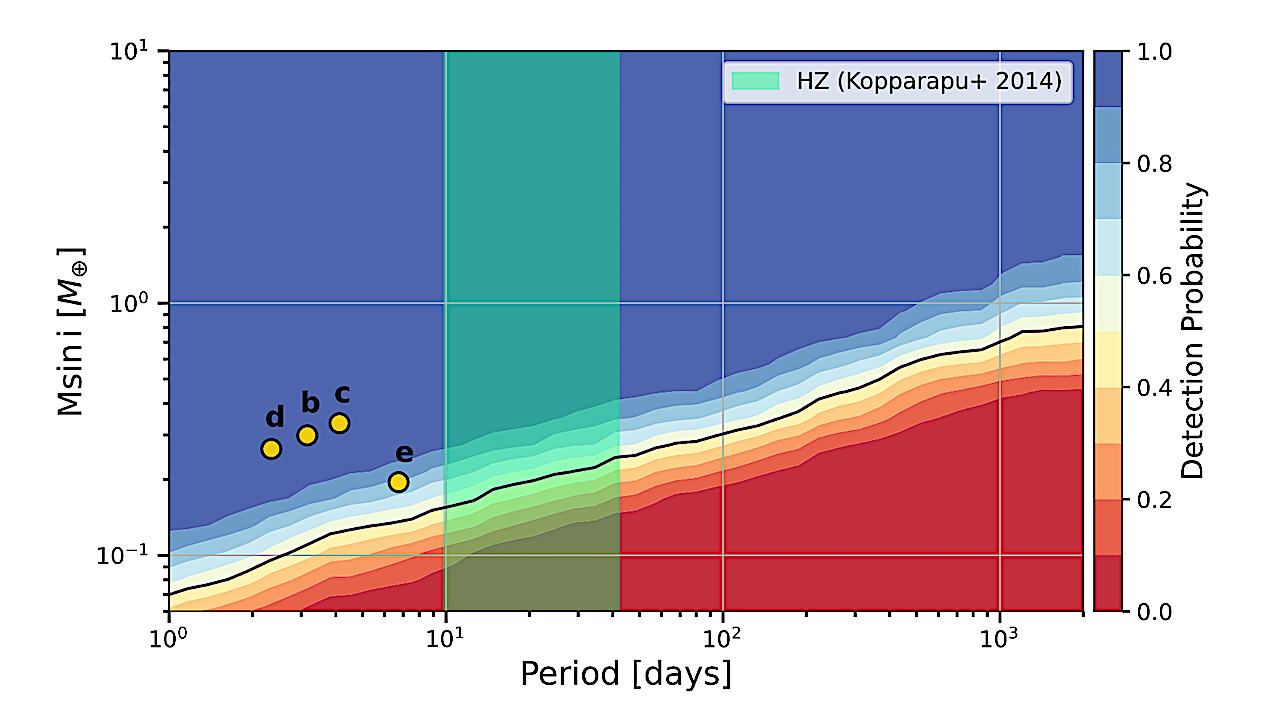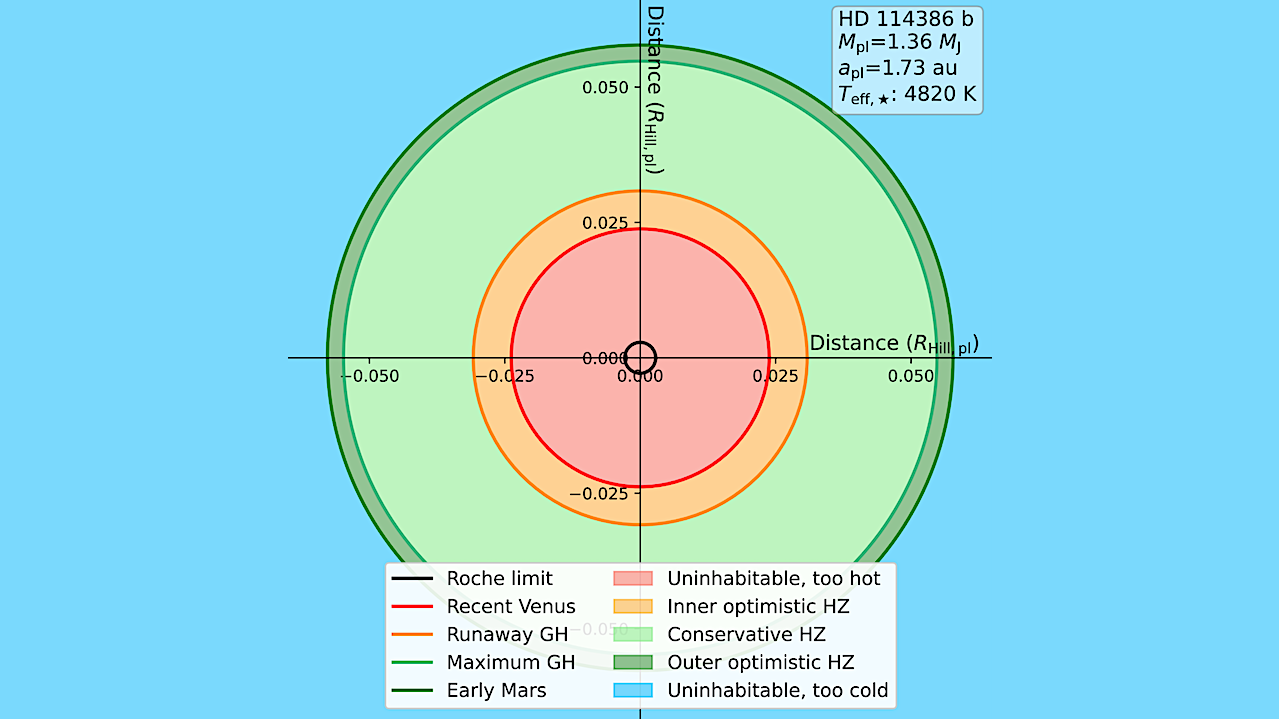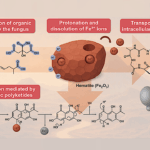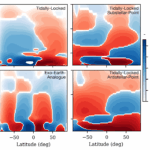Now Reading: Influence of Dark Matter on the Formation of Biogenic Elements in Early Universe Stars
-
01
Influence of Dark Matter on the Formation of Biogenic Elements in Early Universe Stars
Influence of Dark Matter on the Formation of Biogenic Elements in Early Universe Stars
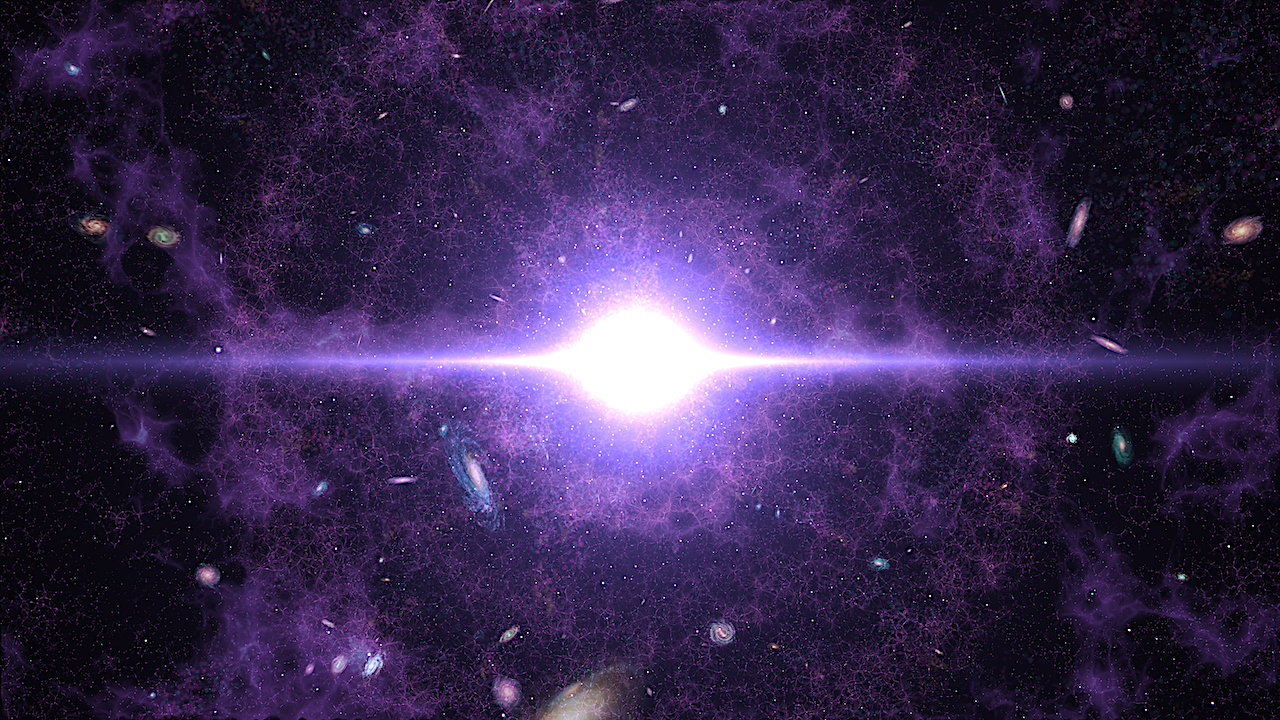

The early universe and its expansion. Credit: NASA’s Goddard Space Flight Center Conceptual Image Lab
We demonstrate that dark matter interactions can profoundly influence stellar nucleosynthesis in the early universe by altering thermodynamic gradients and modifying nuclear reaction rates within primordial stars.
Incorporating a dark matter-modified Fermi-Dirac distribution and accounting for localized energy injection from annihilation heating, our model predicts enhanced production of carbon and nitrogen alongside reduced oxygen synthesis.
These compositional shifts significantly reshape stellar structure and produce synthetic spectra that closely reproduce the observed characteristics of carbon-enhanced metal-poor (CEMP) stars.
Our findings reveal a direct and previously overlooked role of dark matter in driving the chemical evolution of the early cosmos, offering a plausible link between fundamental particle physics and observable astrophysical signatures.
L. Yildiz, D. Kayki, M. F. Ciappina
Comments: 5 pages, 4 figures
Subjects: Solar and Stellar Astrophysics (astro-ph.SR); Cosmology and Nongalactic Astrophysics (astro-ph.CO); High Energy Physics – Phenomenology (hep-ph)
Cite as: arXiv:2505.17522 [astro-ph.SR] (or arXiv:2505.17522v1 [astro-ph.SR] for this version)
https://doi.org/10.48550/arXiv.2505.17522
Focus to learn more
Submission history
From: Marcelo Ciappina
[v1] Fri, 23 May 2025 06:26:06 UTC (1,673 KB)
https://arxiv.org/abs/2505.17522
Astrobiology
Stay Informed With the Latest & Most Important News
Previous Post
Next Post
-
 01From Polymerization-Enabled Folding and Assembly to Chemical Evolution: Key Processes for Emergence of Functional Polymers in the Origin of Life
01From Polymerization-Enabled Folding and Assembly to Chemical Evolution: Key Processes for Emergence of Functional Polymers in the Origin of Life -
 02Panasonic Leica Summilux DG 15mm f/1.7 ASPH review
02Panasonic Leica Summilux DG 15mm f/1.7 ASPH review -
 03How New NASA, India Earth Satellite NISAR Will See Earth
03How New NASA, India Earth Satellite NISAR Will See Earth -
 04And Thus Begins A New Year For Life On Earth
04And Thus Begins A New Year For Life On Earth -
 05Astronomy Activation Ambassadors: A New Era
05Astronomy Activation Ambassadors: A New Era -
06SpaceX launch surge helps set new global launch record in 2024
-
 07Space Force plans new ‘Futures Command’ amid pressure to speed up modernization
07Space Force plans new ‘Futures Command’ amid pressure to speed up modernization
















